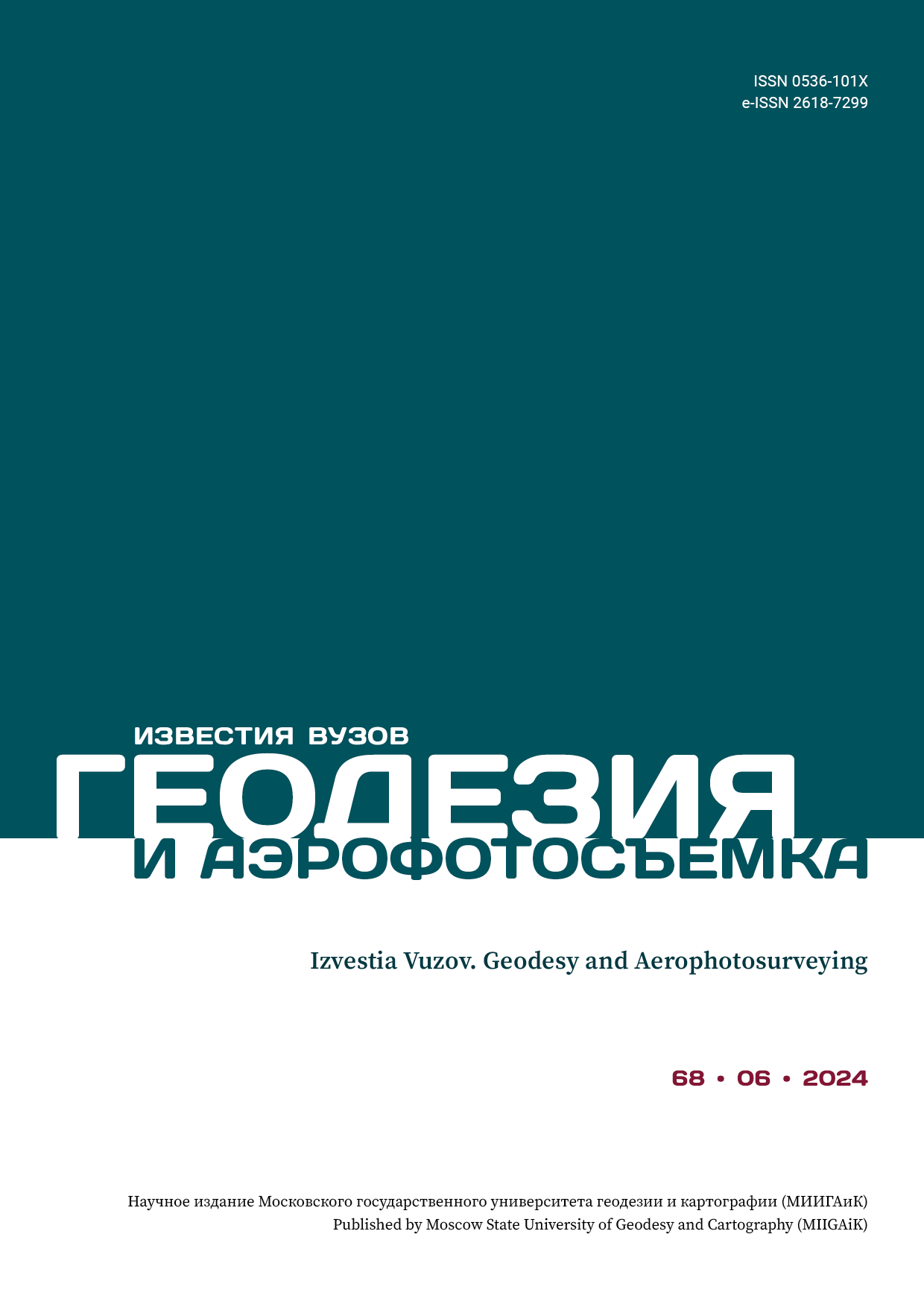UDC 910.3
CSCSTI 39.23
Mountain landscapes are complex, highly dissected, fragmented and pose complex problems for specialists in visualizing surface data. A large number of scientific publications are devoted to the features of the Altai mountain system. Significant are the materials of the complex description of the territory of the Mongolian Altai, collected during the expeditions of V.V. Sapozhnikov in the period 1905–1909. Upon completion of field research, information on the forms of ancient and modern glaciation is systematized and presented in a visual form in the conclusions and in the cartographic work (map). The article considers a fragment of the isolated Tsengen-Khaikhan uul massif with thin glaciation and the trough valley of the Khoromd-Bulak river, the right tributary of the Khargantyn gol (Karaganty) river, the Khovd river basin, formerly Kobdo). As the methods of studying the earth’s surface improve, large arrays of research data accumulate, and new methods of depicting surface relief appear, new opportunities for visualizing data on the location and morphological features of natural objects arise. At the same time, the importance of route observations as the main method of direct visual perception, identifying important features and characteristics of the object under study is great. Without data coming from research routes, detailed mapping of objects, it is impossible to implement the tasks of studying geomorphological and a number of other features of mountainous areas. In the article, based on the use of satellite data and new methods, cryogenic relief forms of the Tsengen-Khaikhan uul glacial complex of different levels and genesis are identified and depicted. Interest in the study of the features of mountain landscapes unites researchers from different countries.
satellite data, digital surface model, field research methods, geomorphological features, cryogenic landforms, depiction of landforms on maps, Mongolian Altai
1. Earth Resources Observation and Science Center (EROS). [Elektronnyy resurs]. Rezhim dostupa: https://earthexplorer.usgs.gov (data obrascheniya: 07.05.2024).
2. Sentinel Online / Copernicus Open Access Hub. [Elektronnyy resurs]. Rezhim dostupa: https://spacedata.copernicus.eu (data obrascheniya: 20.02.2022).
3. Consortium for Spatial Information of the Consultative Group for International Agricultural Research (CGIARCSI). [Elektronnyy resurs]. Rezhim dostupa: http://srtm.csi.cgiar.org (data obrascheniya: 07.02.2024).
4. ALOS Science Project. [Elektronnyy resurs]. Rezhim dostupa: https://earth.jaxa.jp/en/research/projects/alos/index.html (data obrascheniya: 05.01.2024).
5. NASADEM Merged DEM Global 1 Arc Second V001. 2020. [Elektronnyy resurs]. Rezhim dostupa: https://lpdaac.usgs.gov/products/nasadem_hgtv001 (data obrascheniya: 30.04.2024).
6. NextGIS. [Elektronnyy resurs]. Rezhim dostupa: https://nextgis.ru/datasets (data obrascheniya: 30.04.2024).
7. FABDEM V1-2 / The University of Bristol Research Data Service. [Elektronnyy resurs]. Rezhim dostupa: https://data.bris.ac.uk/data/dataset/s5hqmjcdj8yo2ibzi9b4ew3sn (data obrascheniya: 05.01.2024).
8. HydroSHEDS / World Wildlife Fund US. [Elektronnyy resurs]. Rezhim dostupa: https://www.hydrosheds.org (data obrascheniya: 25.05.2021).
9. ArcGIS Living Atlas of the World / Esri Inc. [Elektronnyy resurs]. Rezhim dostupa: https://livingatlas.arcgis.com/en/ (data obrascheniya: 20.04.2024).





